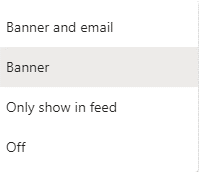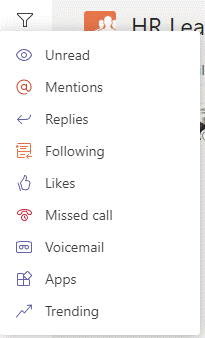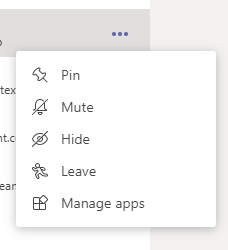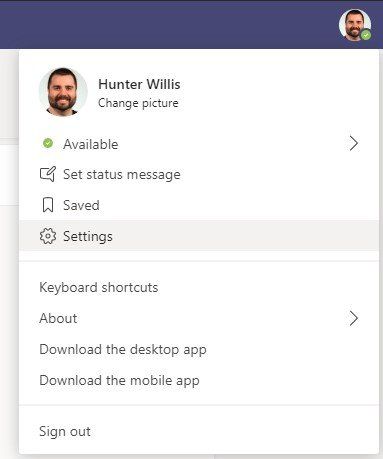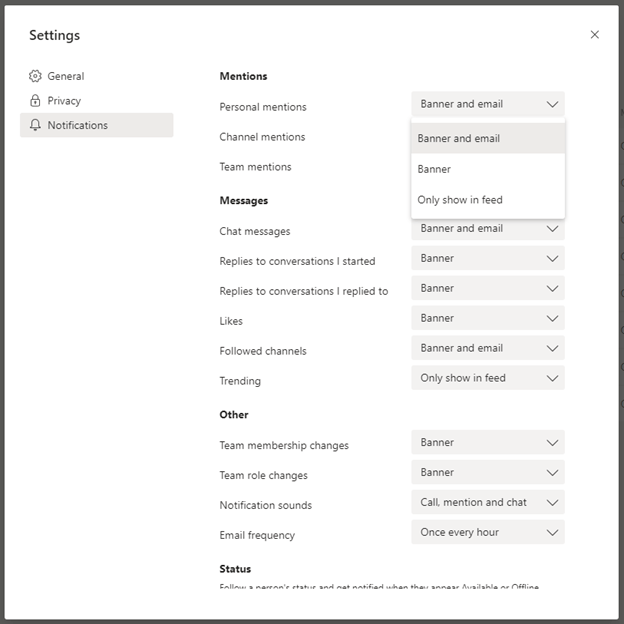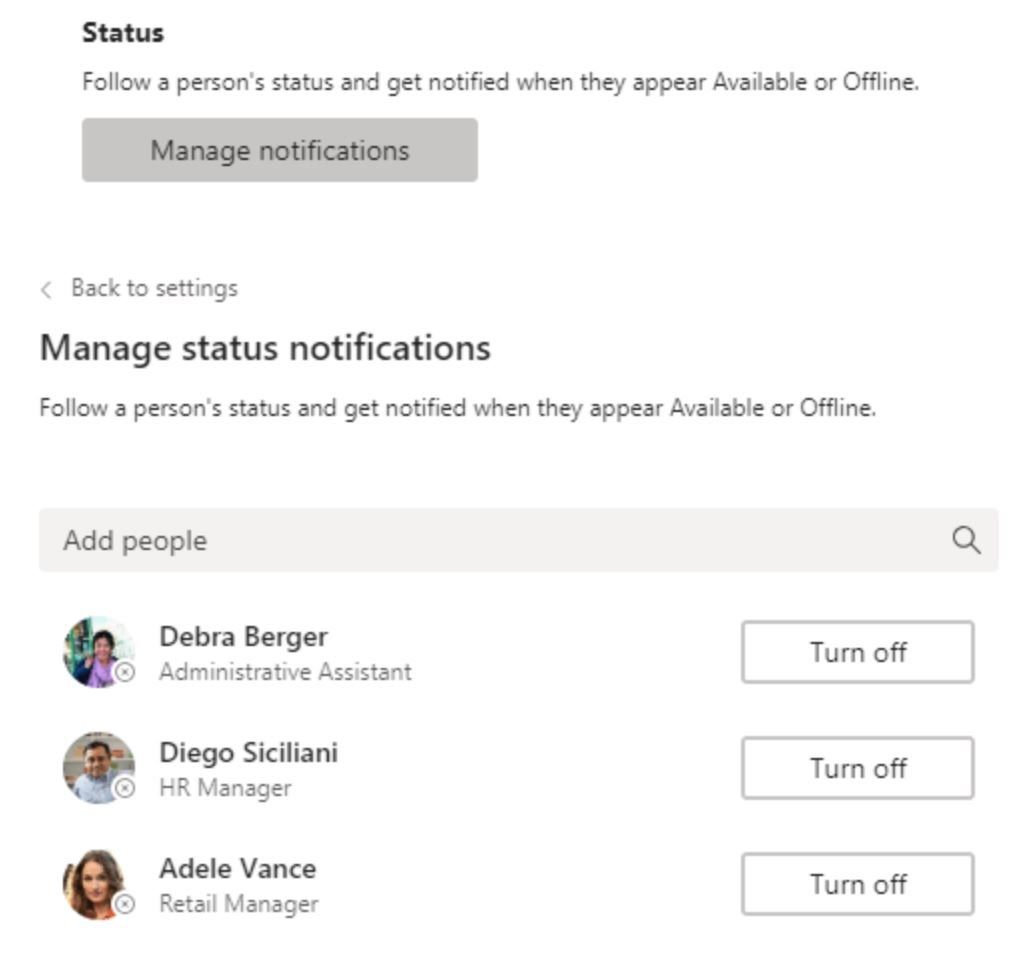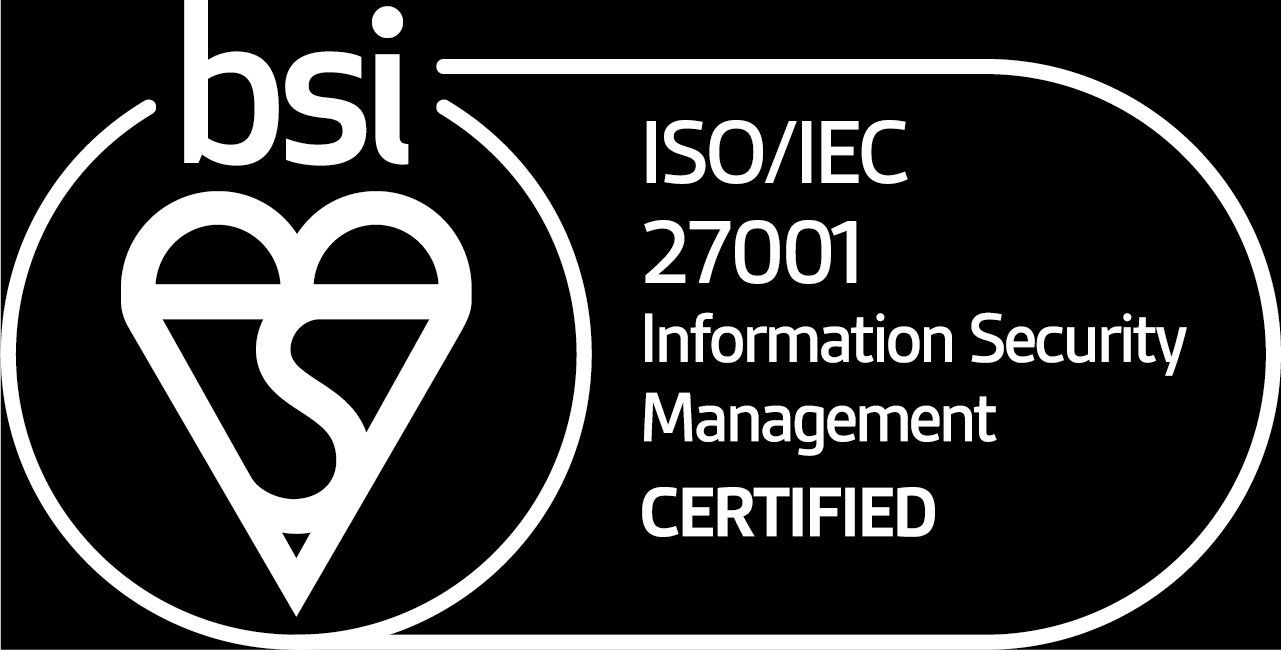0330 332 5842
innovate@altiatech.com
Quick Guide: How to Manage Microsoft Teams Notifications
Hunter Willis, Product Marketing Manager, AvePoint • Feb 10, 2021
Microsoft Teams is absolutely loaded with features designed to enhance collaboration. Between the chats, channels, Teams, @mentions, and likes, notifications can certainly get out of control in a hurry!
That said, it’s also super important to understand how to make sure you’re not missing anything important or relevant to your workstream. Here are a few tips to help you fine-tune Microsoft Teams notifications to your needs.
How the Microsoft Teams Desktop or WebApp Sends Notifications
There are three primary options when it comes to notifications in Microsoft Teams. The “Banner and email” notification setting will show a banner message pop-up in the lower right of the screen and send an email (you can set the frequency) with the notification information. If you select the “Banner” option, the banner notification will still show, but no email will be sent. If you select “Only show in feed” the notification will only be visible via the feed in the upper left of the application.
You’ll still find the number of notifications in your activity feed, and via the feed you’ll be able to keep a list record of recent notifications. You can also filter the notifications in your feed by type, a feature that comes in handy when looking through your recent @mentions.
Options for Notification Types
Under your profile/Settings/Notifications in the Microsoft Teams application, there are many actions that can generate notifications. Luckily, there are also granular controls to help you adjust how you want each to behave.
As you think through your options, keep in mind that there are additional supporting tools to help manage your notifications as you work. For instance, it’s possible to enable desktop banner notifications via the Microsoft Teams desktop application. You may also want to set up Outlook inbox sweep rules to manage email notifications rather than turning them off (or use Microsoft Flow to kick off other actions from those notifications!).
It’s important to note that Team owners can prevent @mentions in Teams settings (see below) and that you can unfollow or “mute” chats so they don’t generate notifications.
Profile Settings
General Settings
Following a User’s Status
You can configure Microsoft Teams to send you a notification when a user’s status changes so you can keep track of when fellow collaborators are available to chat.
Take time to think through how you work…
It’s true that many of us do not like to be overloaded with tons of notifications, but it’s also true that we want to be sure we don’t miss any important updates or requests, even when we’re not at our desks.
Think through how you want to manage your notifications, which chats, people or Teams are most important, and how you can keep track of everything that’s going on.


